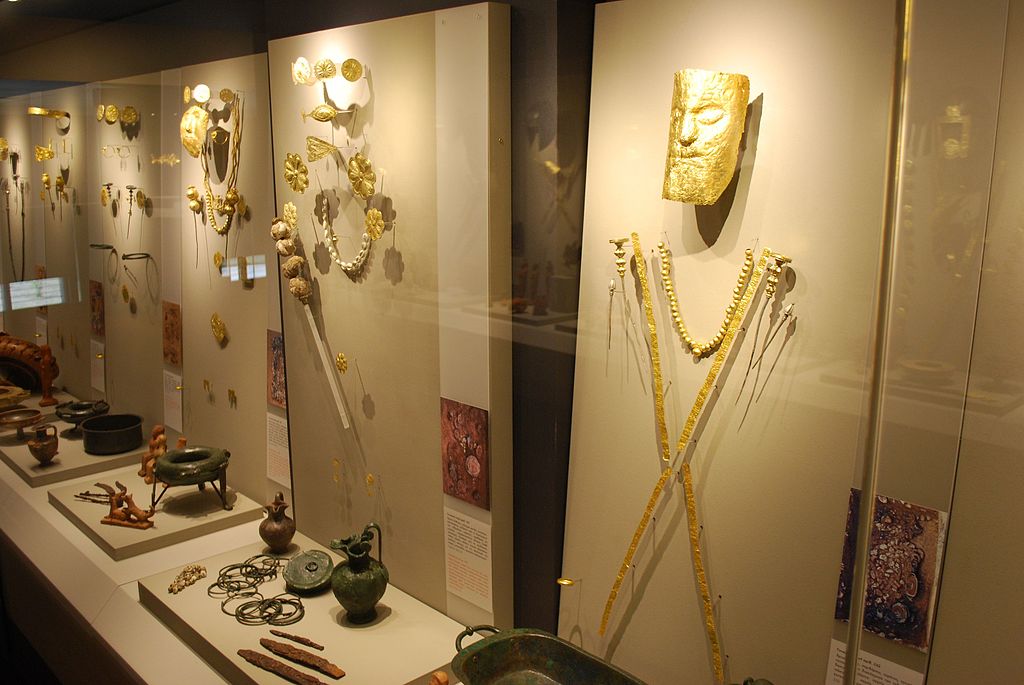The Archaeological Museum of Pella, in the northern Greek region of Macedonia, was recently given the coveted 2020 Traveler’s Choice Award by the international travel website Tripadvisor. The award is given to businesses, attractions, and monuments which consistently receive excellent reviews from travelers and are ranked within the top 10 percent of Tripadvisor’s listings.
“Especially this year, because of the pandemic, the distinction from Tripadvisor is great for all of us, and comes to reward the tremendous effort made by all the staff. Congratulations to all the employees, especially to the security guards and the cleaning staff,” the head of the Ephorate of Antiquities of Pella Elisavet Tsigarida told the Athens-Macedonian News Agency in an interview after the announcement.
“We wanted people to feel safe… (However), it is a very difficult year,” Tsigarida acknowledged.
Located in Macedonia, the homeland of Philip II and his son Alexander the Great, the Pella area, and the historical museum in particular, has historical treasures second to none worldwide.
From pure gold masks and jewelry to helmets worn by Macedonian warriors, the Pella Museum’s collections are a treasure trove showing some of the most spectacular achievements of Greek art and history. The institution is a destination in itself for all those who appreciate the long history of this ancient land.
The marble bust of Alexander the Great, (325 BC- 300 BC), unearthed by accident at Giannitsa, is one of the most outstanding of all the museum’s offerings.
A marble statue of the Greek goddess Aphrodite unfastening her sandal is another of the priceless archaeological treasures at the Museum which bring ancient Greek history back to life. It is believed that this was the original statue which was copied by innumerable sculptors thereafter, many of them during the Roman period, in bronze and stone.
Resting her left arm on a stone pillar which was unfortunately lost, it is believed that at one time the goddess was portrayed holding an apple in her left hand.
One of the pebble mosaics in the Museum’s collection features two men as they close in on the kill. The figure on the left may even have been meant to portray Alexander the Great himself, with his friend Hepahaestion on the right. These mosaics come from a large house in Pella called the House of Dionysus, measuring 3,400 square feet, with each room in the spacious home featuring fine pebble mosaics.
Another of the unique pebble mosaics also from the same building which is now in the collection of the Museum is an exquisite rendering of the Greek God Dionysus riding a cheetah.
See all the latest news from Greece and the world at Greekreporter.com. Contact our newsroom to report an update or send your story, photos and videos. Follow GR on Google News and subscribe here to our daily email!








